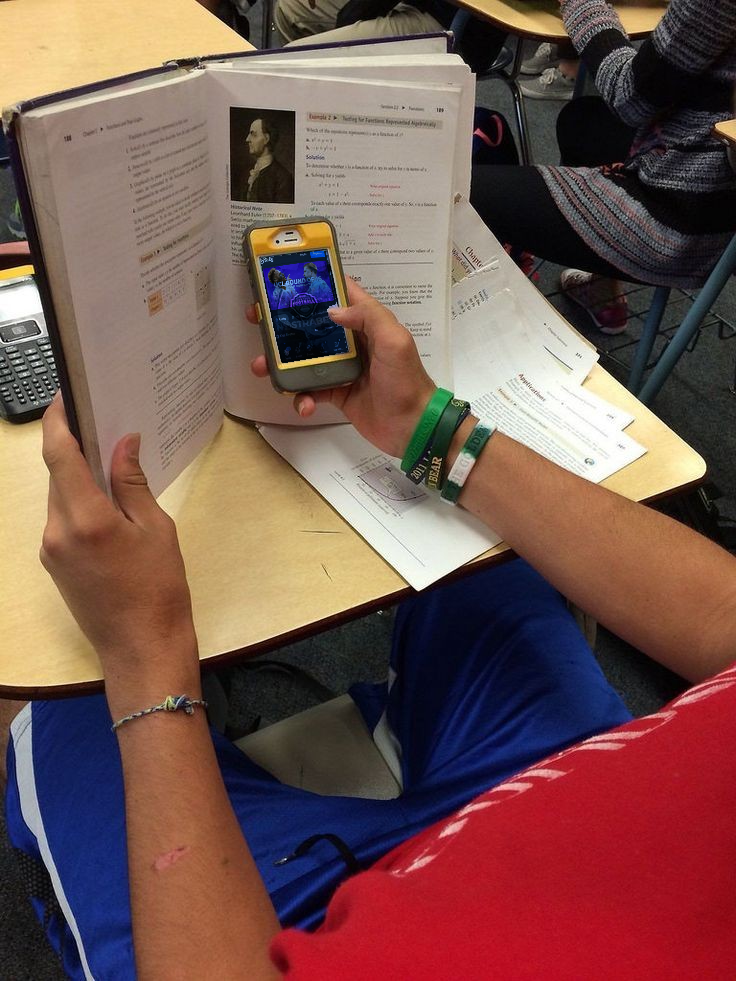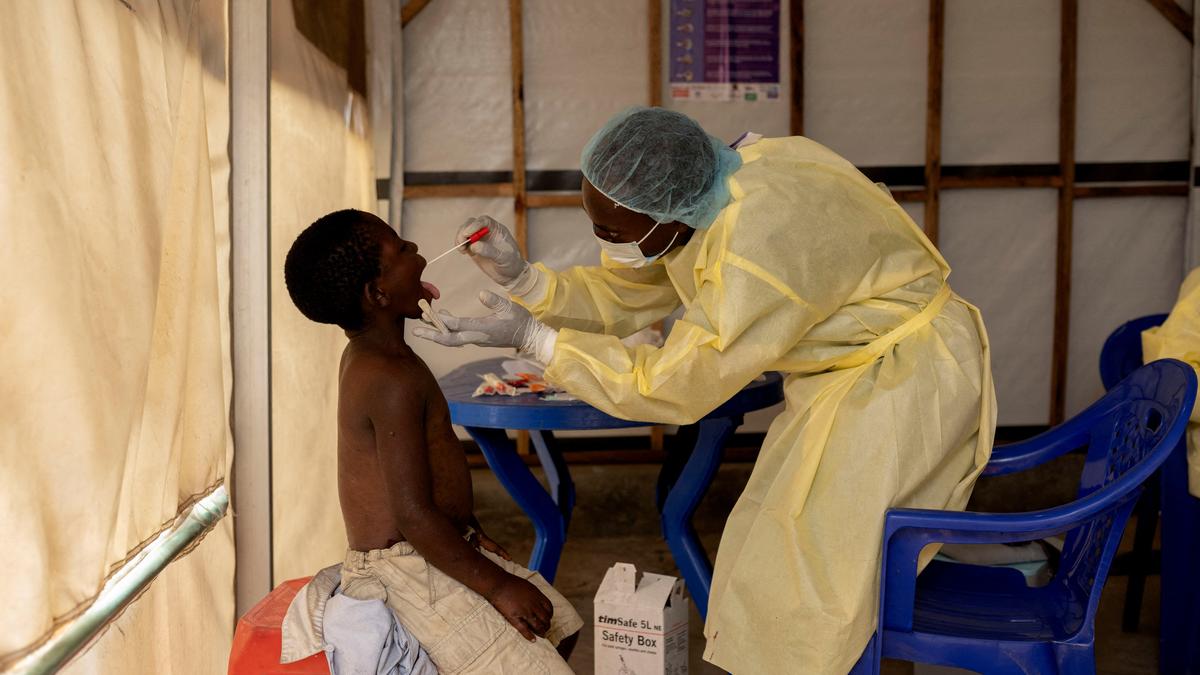SEPTEMBER EDITION
When Boredom Turns Risky
Picture this: It’s a typical day at university. Your lecturer is droning on about derivations, and you’re finding it hard to stay interested. Instagram and YouTube aren’t doing it for you; the content feels stale. Suddenly, your friend from behind nudges you and suggests trying out a game they’ve been hooked on for a few days. You download the app, and before you know it, you’re both deep into multiplayer mode, playing until the class ends—or until the lecturer catches you and confiscates your phone.
This is how many of us start playing games during lectures—out of sheer boredom. What starts as a distraction quickly turns into a habit. As the novelty of one game wears off, you delete it and look for something more exciting, perhaps a game that feels more rewarding. But this can lead to a slippery slope, eventually spiraling into gambling.
It might sound dramatic, but our metropolitan campuses are grappling with a gambling crisis. Many college students are drawn to the idea of quick money, influenced by dopamine exhaustion, the lure of instant cash, and the inability to get a real job. Platforms like Stake capitalize on this, enticing students with seemingly harmless games, only to pull them deeper into financial risks.
We need to be mindful of this trend and steer clear of these apps. Gambling can lead to serious financial issues, strain relationships, and trigger anxiety or depression. It’s crucial to find healthier ways to deal with boredom and stress, ensuring we don’t fall into the trap of these dangerous habits.

Why the Global Recession Isn’t as Scary as You Think
Over the past couple of years, the world navigated its way through lingering economic uncertainties, the looming possibility of a global recession had been a significant talk for many, dominating headlines across the globe. Thanks to skyrocketing prices, energy crises, and supply chain chaos, many countries began to feel the heat.
In 2023, the World Bank highlighted that the hiking of interest rates by major central banks, intending to curb inflation, had the unintended consequence of slowing down economic growth. The circumstances were perceived as unavoidable, with discussions about global economic restructuring surfacing. Take for instance, Klaus Schwab, Executive Chairman – World Economic Forum asserting “We must embrace a great reset”, and Elon Musk depicting the economy to be “A game of the survival of the fittest” in the coming future. What’s notably striking is how this impact hit developed countries the hardest, a scenario that few had foreseen.
Earlier this year, data from Asia and Europe revealed that the Japanese and UK economies had indeed slipped into a recession. While this was unforeseen for a country like Japan, it was no doubt an unwelcoming development for the UK as well. A global outrage as prominent as this was just enough to fuel a massive internet uproar, with famous personalities like Mark Cuban humorously remarking on inflation, saying, “When even the price of dollar stores isn’t a dollar, you know we’re in trouble.”
But wait, here comes the twist: not everyone was sinking deep. Regions like Asia, Africa, and the Middle East showed some serious resilience, thanks to better energy prices and smarter policies. Let’s get our facts straight here. What we commonly know as a ‘recession’ is defined as “two consecutive quarters of year-on-year (YoY) contractions in a country’s GDP” as quoted by MoneyControl. At this stage, let’s delve right into the Indian picture. Along the lines of this definition, India too was in a state of recession in the first half of 2020-21, when the GDP tightened by 23.4 percent in April-June 2020 and by 5.7 percent in July-September 2020. This was most evidently due to the economy grounding to a halt because of a nationwide lockdown for the COVID-19 outbreak. Now the matter is ‘Should we actually be worried?’. With India posting higher-than-expected growth rates at present and sporting the tag of the fastest-growing large economy in the world, a recession in the near future is far from being concerning. As we just saw, it took a once-in-a-century pandemic to drag down India’s growth rate below zero in two quarters of 2020.
While gearing up for an immediate comeback, India’s powerful resurgence was promising to witness when it successfully hosted the G20 Summit, became the first to send a rocket near the Moon’s south pole, and birthed a few dozen unicorns. The soaring stock markets also had a rippling effect on the wealth of its middle class. With global giants looking for alternatives to China, India is becoming a go-to for manufacturing and tech services. This means new career paths in engineering, IT, logistics, and more. BBC News reported that the Indian government’s finances are stable, and India surpassed the UK as the fifth largest economy last year. Moreover, according to analysts at Morgan Stanley, it’s on track to overtake Japan and Germany and hit the third spot by 2027, looks pretty promising now, doesn’t it?
We’ll cut to the chase, what’s in it for us? India’s got a massive and growing middle class that’s not afraid to spend. Today, young Indians are impacted largely by global economic narratives, undeniably due to the prevalent influence of social media. The future ahead of us looks optimistic, providing a promising landscape for freshers and young professionals. Staying flexible will help you thrive, for those ready to adapt and innovate, the coming days are going to be a gamechanger, with great potential in the realm of entrepreneurship too. Like the fintech giant CRED’s Kunal Shah says – “Focus on Value Creations, not just Valuations”. Evidently, the message for Gen Z is clear: stay informed, stay agile, and be ready to adapt. It’s time to finally skip the #recessioncore aesthetic and lead the way to a glamorous future of resilience and growth.

Monkeypox: Navigating a New Health Challenge in a Post-Pandemic World
The word “pandemic” has deeply impacted our lives, altering our perceptions of normalcy and revealing how swiftly the world can change. In 2020, when the first cases of COVID-19 emerged in Wuhan, China, few could have predicted the profound social and economic impact it would have globally. Yet, with perseverance and resilience, the world fought back, slowly restoring a sense of normalcy.
Now, four years later, a new name has emerged on the global health radar: Monkeypox. The world, still alert from the lessons learned from COVID-19, is cautiously prepared to face this new challenge. As Captain America famously said, “I can do this all day.” But is Monkeypox a cause for concern? Let’s explore.
Monkeypox is a zoonotic disease first identified in humans in 1970 in the Democratic Republic of the Congo. Human-to-human transmission occurs primarily through direct contact with bodily fluids, respiratory droplets, and contaminated materials. Early symptoms include fever, headache, muscle aches, and back pain. Within one to three days of fever onset, a rash develops, typically starting on the face and spreading to other parts of the body. These rashes eventually evolve into pustules that later scab and fall off.
While Monkeypox is generally self-limiting, individuals with weakened immune systems may experience complications. Currently, there is no specific treatment, but preventive measures such as avoiding contact with infected individuals or animals and using proper protective equipment are vital. The latest JYNNEOS vaccine, approved in 2019, offers protection against Monkeypox.
In our highly interconnected world, the risk of spreading new pathogens is significant. Thus, maintaining proper hygiene and sanitation practices is crucial—after all, prevention is better than cure!

